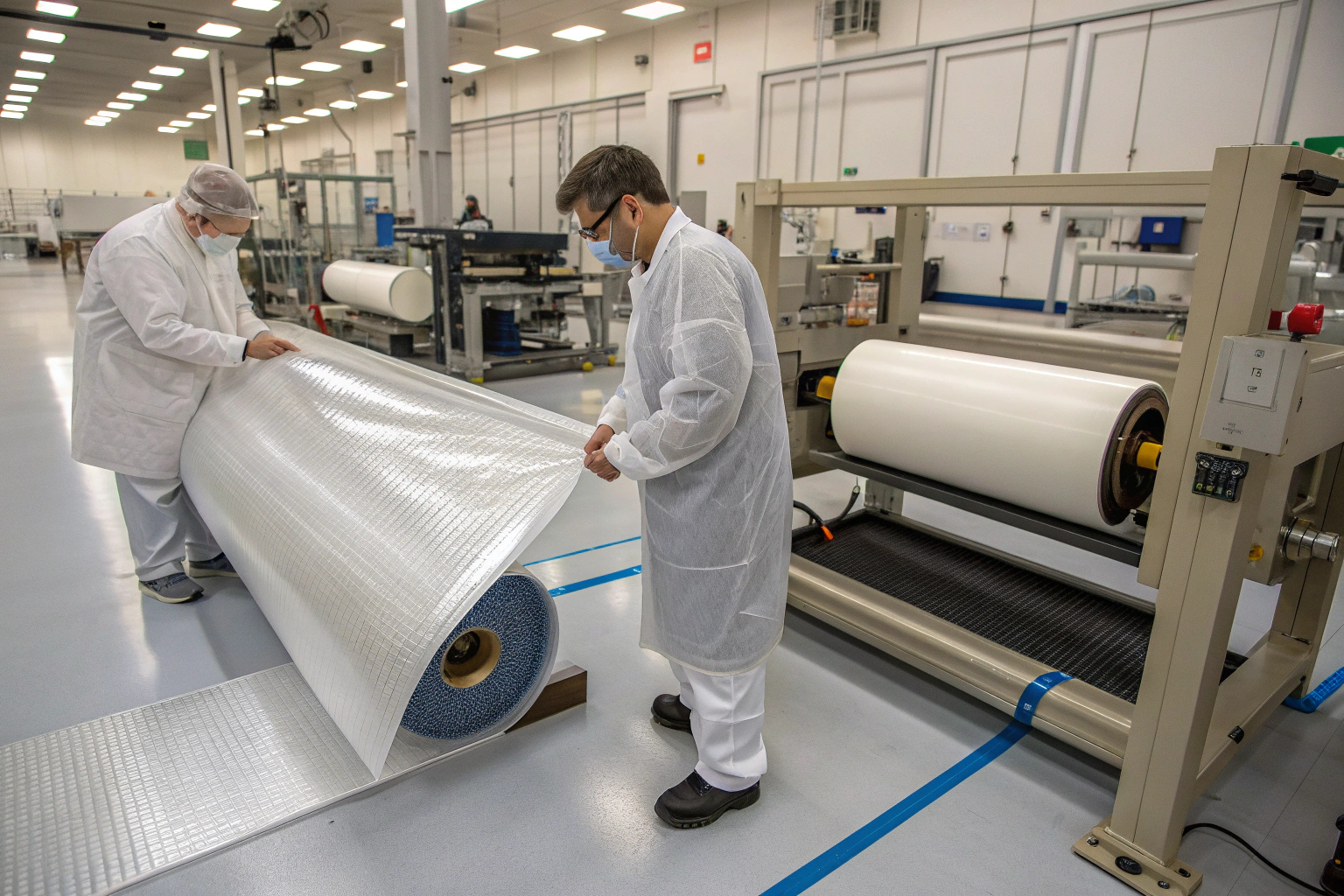When I first heard about NASA’s aerogel technology being used in fabrics, it sounded like science fiction. Aerogel is famously one of the lightest solid materials in the world and offers extreme insulation—exactly what astronauts need in deep space. Now, it’s not just space suits; it’s making its way into everyday fashion and industrial textiles. But sourcing such specialized material isn’t as simple as browsing a catalog. It requires knowing the right suppliers, certifications, and integration methods.
NASA-developed aerogel-infused textiles are now available through select commercial suppliers. Many of them are companies that licensed the technology through NASA’s Spinoff program. The challenge is not just to find them but to work with them in a way that ensures quality, consistent supply, and integration into your own textile production line.
For fabric manufacturers like us at Fumao Fabric, this is where we thrive—navigating complex supply chains, ensuring certifications, and matching materials to clients’ functional needs. Let’s break down the process into practical steps so you can confidently source and integrate NASA-grade aerogel textiles into your business.
What Makes NASA Aerogel Fabrics Unique for Apparel?
Aerogel fabrics are unlike anything in the conventional textile market. They combine the insulating properties of NASA-developed aerogels with flexible substrates like polyester, viscose, or nylon. This gives apparel and outdoor gear a warmth-to-weight ratio that far exceeds traditional insulation.
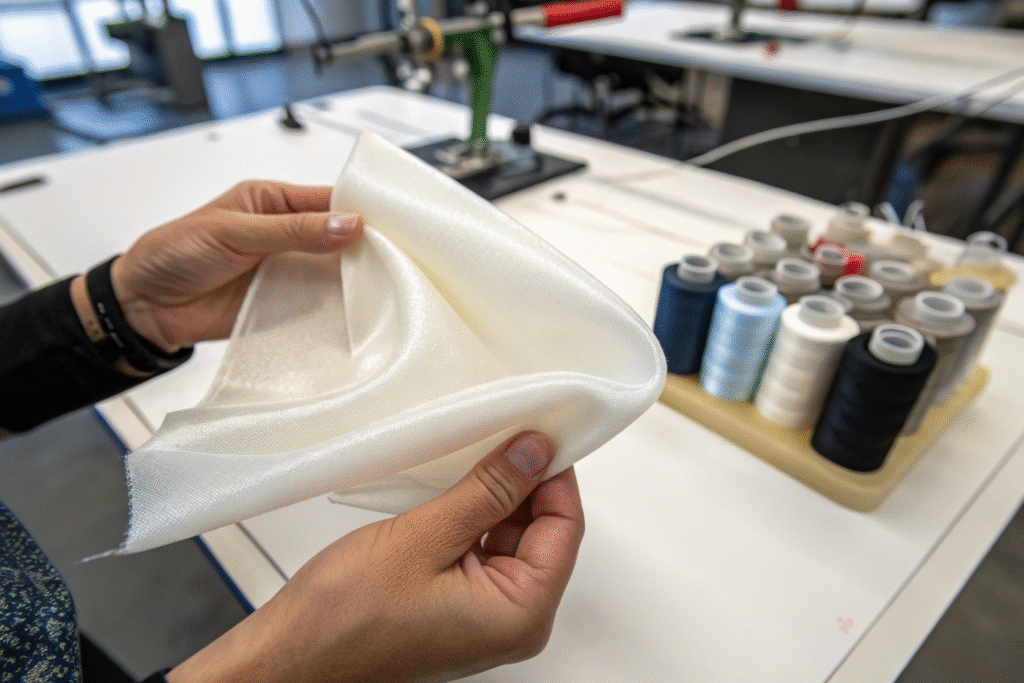
They are also hydrophobic, resisting water while maintaining breathability. These characteristics make them ideal for extreme-weather clothing, sleeping bags, gloves, and even military uniforms. The origin of this technology is in NASA’s space missions, where it was used to insulate the Mars Rover and protect astronauts during spacewalks.
How Does Aerogel Improve Thermal Efficiency in Clothing?
The microscopic structure of aerogel consists of up to 99% air, which creates a powerful thermal barrier. According to NASA Spinoff, this means you can achieve the same warmth with much less bulk. That’s why brands like Oros Apparel are adopting it in jackets that are thinner but warmer than heavy down coats.
Is Aerogel Safe and Comfortable for Daily Wear?
Yes. Commercial textile aerogels are embedded in soft fibers or laminated into thin layers, making them safe for skin contact. Companies like Outlast Technologies are leading the way by integrating aerogel into viscose fibers, enhancing both comfort and performance.
Top Global Suppliers of Aerogel-Infused Textiles
Finding a supplier for aerogel textiles requires knowing which companies have licensed NASA technology or developed similar innovations. The biggest names in the market often originate from NASA partnerships and Small Business Innovation Research (SBIR) programs.
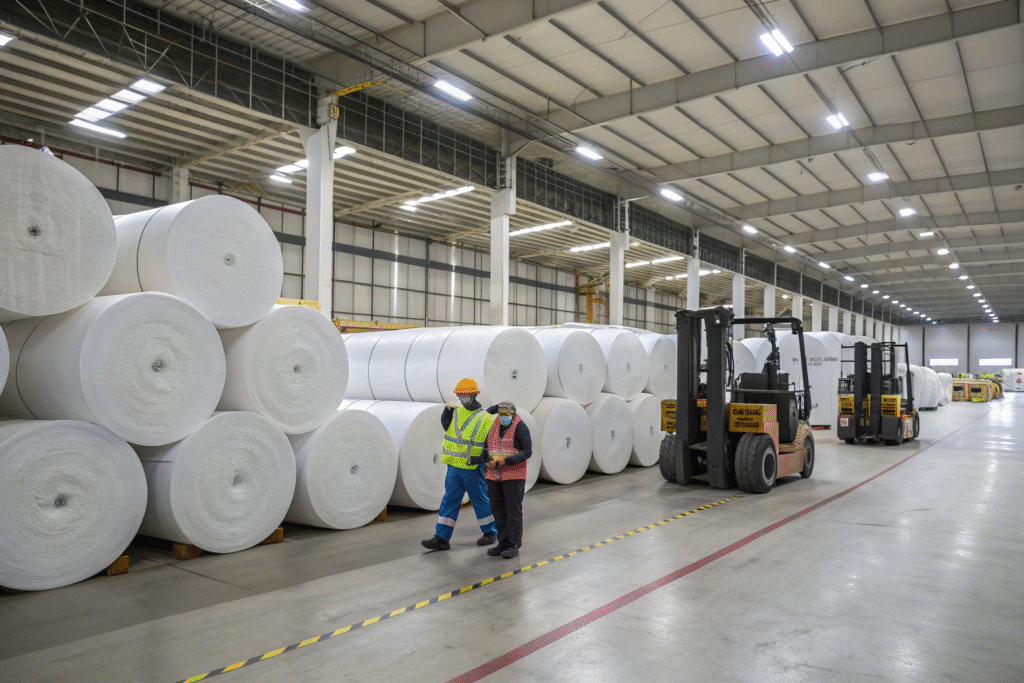
Which Companies Lead the Aerogel Textile Industry?
One of the pioneers is Aspen Aerogels, known for its Spaceloft™ flexible insulation blankets. Another key player is Aerogel Technologies, LLC, which works directly with NASA’s Glenn Research Center to commercialize polyimide aerogels. These companies supply raw aerogel materials, which can be laminated, coated, or woven into fabrics by downstream textile manufacturers.
Are There Textile Mills Specializing in Aerogel Integration?
Yes, mills like Polartec and licensed partners of Outlast are producing fabric blends with aerogel insulation. These mills focus on combining aerogel with breathable and lightweight substrates, making them perfect for fashion, sportswear, and industrial applications.
How to Integrate Aerogel Technology Into Your Fabric Line
Integrating aerogel into your fabric line isn’t just about buying the material; it’s about aligning your R&D, production, and quality control. At Fumao Fabric, we start by matching the fabric’s technical properties with the client’s target product—be it outerwear, gloves, or protective gear.
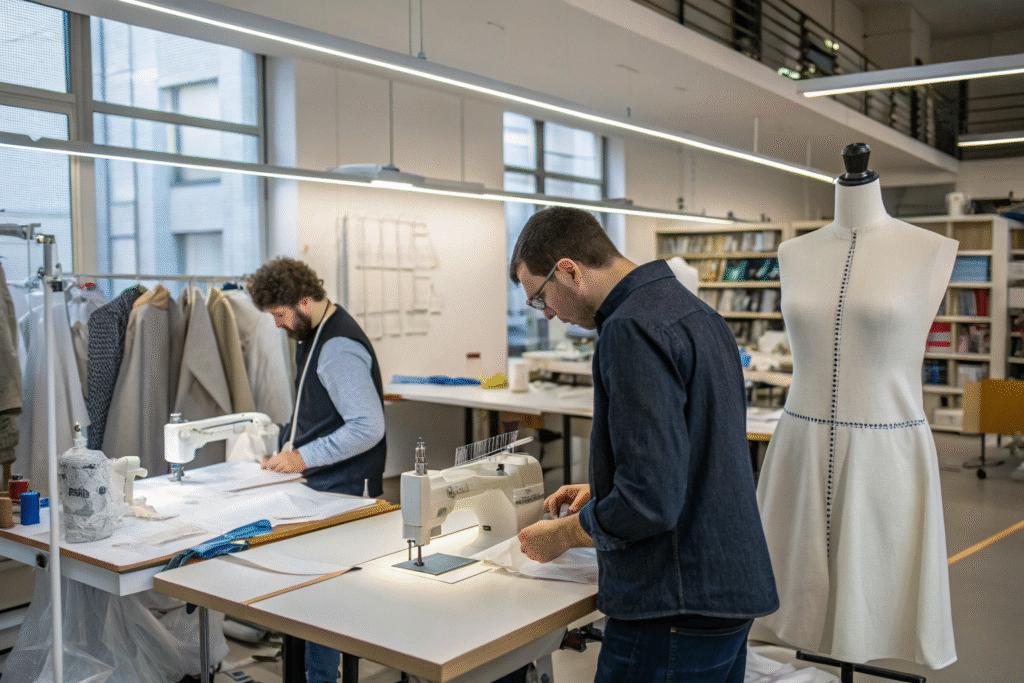
What Is the Process for Adding Aerogel Layers to Fabrics?
The most common methods are lamination and fiber infusion. Lamination involves bonding a thin aerogel layer to a base fabric using adhesives or heat. Fiber infusion mixes aerogel particles into the yarn itself before weaving. According to Innovation in Textiles, lamination is best for weatherproof gear, while fiber infusion excels in lightweight apparel.
How Do You Maintain Fabric Flexibility After Adding Aerogel?
The challenge is to keep the fabric flexible. We work with suppliers who have developed ultra-thin aerogel films and composite layers that don’t crack under folding. Brands like PrimaLoft have created similar insulation technologies for high-performance outdoor wear, proving that performance and comfort can go hand in hand.
Best Practices for Importing Aerogel Textiles from Asia
Importing aerogel textiles from Asia requires careful handling of logistics, tariffs, and certifications. As a Chinese textile manufacturer with a global network, we have extensive experience shipping high-performance fabrics to the U.S., Europe, and beyond.
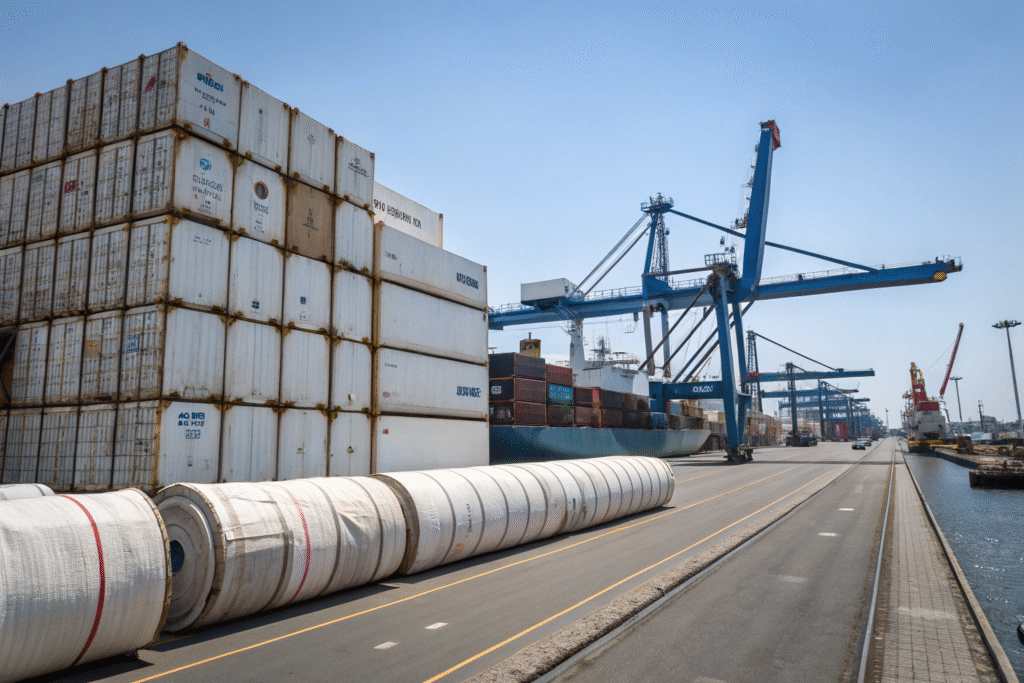
How Do You Ensure Aerogel Fabric Meets Import Regulations?
First, check for REACH and OEKO-TEX certifications to meet EU standards, and CPSIA compliance for the U.S. We also work with SGS and ITS testing labs to verify insulation performance, flammability resistance, and chemical safety before shipping. You can find official guidance from CPSC.gov on textile safety requirements.
What Logistics Strategies Reduce Cost and Delays?
We leverage bonded warehouses and multimodal transport through ports like Ningbo and Shanghai. Using Free Trade Agreements where applicable can reduce tariff impact. According to Trade.gov, companies importing advanced materials should also consider duty drawback programs to reclaim tariffs on re-exported goods.
Conclusion
Sourcing NASA-developed aerogel-infused textiles is no longer limited to space agencies—it’s an opportunity for forward-thinking fashion, outdoor, and industrial brands. By working with licensed suppliers, integrating the technology into your product line, and managing import logistics efficiently, you can bring space-age performance to your customers.
If you are ready to co-develop your own aerogel textile line, contact Shanghai Fumao today. You can reach our Business Director Elaine at elaine@fumaoclothing.com to discuss samples, customization, and production timelines.

